Home>Furniture & Design>Interior Design Trends>How To Soften Honey In Glass Jar
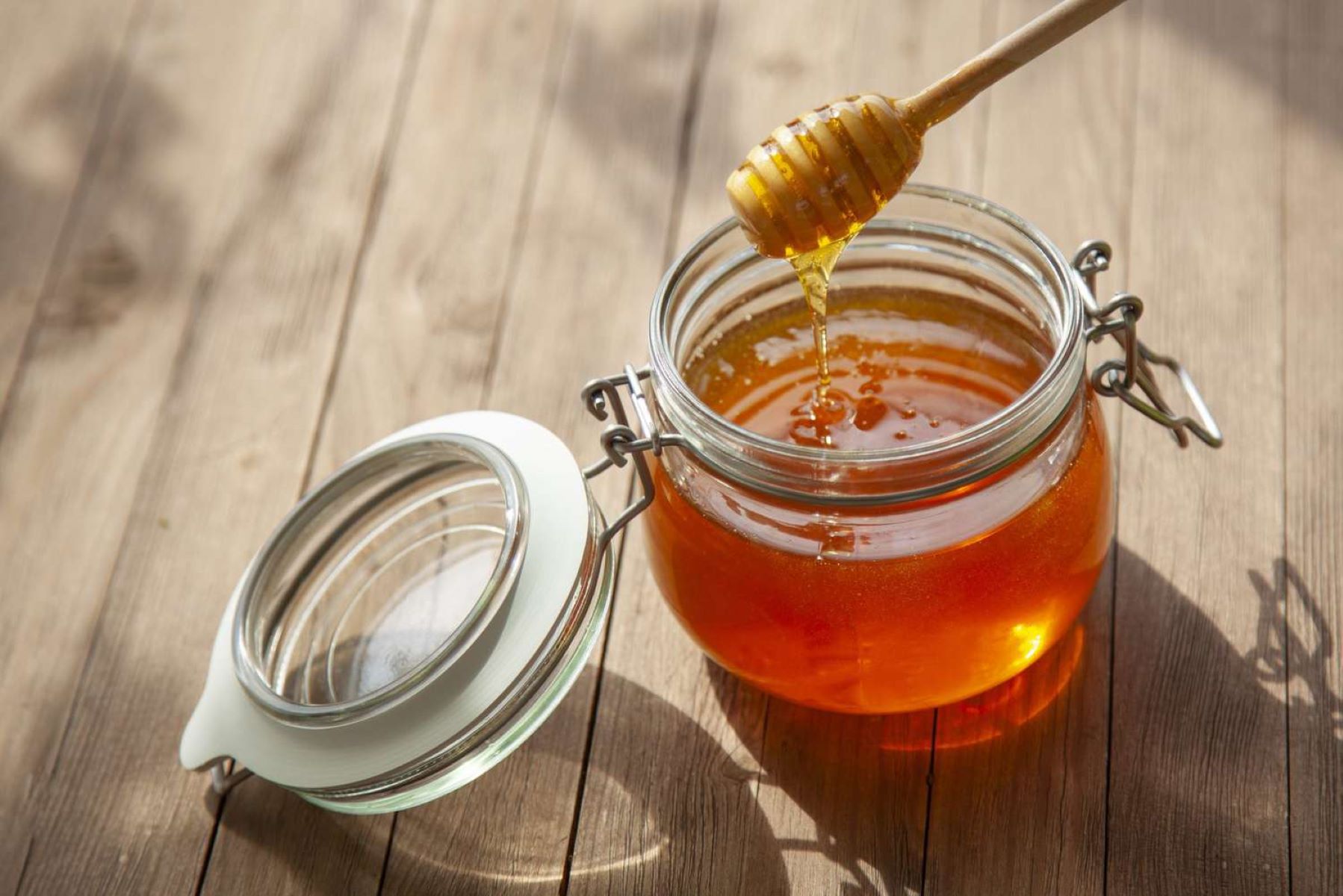

Interior Design Trends
How To Soften Honey In Glass Jar
Published: February 8, 2024
Discover the latest interior design trends and learn how to soften honey in a glass jar with our expert tips and tricks. Elevate your space and kitchen with these innovative ideas.
(Many of the links in this article redirect to a specific reviewed product. Your purchase of these products through affiliate links helps to generate commission for Storables.com, at no extra cost. Learn more)
Introduction
Honey, a golden elixir revered for its natural sweetness and numerous health benefits, has been cherished by civilizations for centuries. Its versatility in culinary applications, medicinal properties, and symbolic significance in various cultures make it a beloved pantry staple in countless households. However, honey enthusiasts often encounter a common predicament: the crystallization or hardening of honey in glass jars.
The phenomenon of honey solidifying in glass containers can be perplexing, especially for those accustomed to its smooth, liquid state. This occurrence may lead to frustration and confusion, prompting individuals to seek effective methods to restore honey to its original texture. Fortunately, there are several strategies to address this issue and rediscover the luscious, viscous consistency of honey.
In this comprehensive guide, we will delve into the underlying reasons behind honey crystallization in glass jars and explore various proven techniques to soften honey, allowing you to savor its delightful, pourable form once more. Whether you are an avid home cook, a wellness enthusiast, or simply a lover of this natural sweetener, understanding how to manage hardened honey can enhance your culinary experiences and appreciation for this remarkable gift from nature.
Join us on a journey to unlock the secrets of honey softening, as we uncover the science behind its transformation and equip you with practical solutions to preserve its liquid allure. Let's embark on this exploration of honey's captivating nature and learn how to restore its velvety texture within the confines of a glass jar.
Key Takeaways:
- Embrace the natural process of honey crystallization and use gentle heat, warm water, or sunlight exposure to soften hardened honey in glass jars, preserving its delightful, pourable texture for culinary and wellness pursuits.
- By understanding the science behind honey crystallization and employing proven methods such as gentle heat, agitation, and hot water rinse, individuals can confidently restore hardened honey to its liquid form, unlocking its full potential in culinary creations and everyday indulgences.
Read more: How To Soften Butter With A Glass
Why Honey Hardens in Glass Jars
Honey, a natural sweetener produced by bees from the nectar of flowers, is renowned for its delectable taste and numerous health benefits. When stored in glass jars, honey may undergo a fascinating transformation, transitioning from a smooth, liquid consistency to a granulated or hardened state. This phenomenon, known as crystallization, occurs due to the unique composition of honey and the environmental conditions to which it is exposed.
The primary reason behind honey hardening in glass jars lies in its natural composition. Honey is a supersaturated solution, meaning it contains a higher concentration of sugars than would typically dissolve in the liquid. The two main types of sugars found in honey, glucose and fructose, play a pivotal role in its crystallization process. Over time, these sugars form bonds and separate from the water content in the honey, leading to the formation of tiny crystals.
The presence of pollen, propolis, and other particles in raw, unfiltered honey serves as nuclei for crystal formation. These particles provide a surface for sugar molecules to adhere to, initiating the crystallization process. Additionally, the ratio of glucose to water in honey influences its propensity to crystallize. Honey varieties with higher glucose content are more prone to crystallization, while those with higher fructose levels tend to remain liquid for longer periods.
Furthermore, temperature fluctuations can expedite the crystallization of honey in glass jars. When honey is exposed to cooler temperatures, the glucose molecules are more likely to bond and form crystals. As a result, storing honey in a cold environment, such as a refrigerator, can accelerate the solidification process. Conversely, warmer temperatures can slow down crystallization, preserving the honey's liquid state for a longer duration.
The type of floral nectar from which the honey is derived also impacts its crystallization tendencies. Certain floral sources yield honey that crystallizes rapidly, while others produce honey that remains liquid for extended periods. Factors such as the floral nectar's glucose-fructose ratio, moisture content, and the presence of specific enzymes contribute to the crystallization behavior of honey.
In essence, the crystallization of honey in glass jars is a natural occurrence influenced by its sugar composition, the presence of particles, temperature variations, and the botanical origins of the nectar. Understanding these factors is crucial in devising effective methods to soften hardened honey and preserve its luscious, liquid form.
This section provides valuable insights into the scientific principles governing honey crystallization, laying the foundation for exploring practical strategies to reverse this natural process and restore honey to its delightful, pourable state.
Methods to Soften Honey in Glass Jars
1. Gentle Heat Method
Gently heating the hardened honey is a widely practiced technique to restore its liquid consistency. To execute this method, place the glass jar of crystallized honey in a bowl of warm water, ensuring that the water level does not surpass the jar's lid. Allow the jar to sit in the warm water for approximately 10-15 minutes, periodically swirling the honey to distribute the warmth evenly. The gentle heat facilitates the dissolution of the sugar crystals, gradually softening the honey and reinstating its smooth, pourable texture.
2. Warm Water Bath
Another effective approach involves immersing the glass jar in a warm water bath. Fill a container with warm (not hot) water and submerge the jar, ensuring that the water level reaches the same height as the honey within the jar. Let the jar rest in the warm water for 30 minutes to an hour, periodically swirling or gently stirring the honey to aid the softening process. This method allows the gradual application of warmth to the crystallized honey, promoting the dissolution of sugar crystals and the restoration of its liquid form.
Read more: How To Soften Butter Quickly With Glass
3. Microwave Method
For a quick and convenient solution, the microwave method can be employed to soften hardened honey. Remove the metal lid from the glass jar and place it in the microwave. Heat the honey in short intervals of 15-20 seconds, pausing to stir the honey between each interval. Exercise caution to prevent overheating, as excessive heat can alter the honey's taste and degrade its beneficial enzymes. This method requires careful monitoring to ensure that the honey softens uniformly without reaching high temperatures that may compromise its quality.
4. Sunlight Exposure
Harnessing the gentle warmth of sunlight can aid in softening crystallized honey. Position the glass jar in a sunny spot, such as a windowsill or outdoor area with ample sunlight. Allow the honey to bask in the natural warmth for several hours, periodically rotating the jar to ensure uniform exposure. The combination of sunlight and mild heat facilitates the gradual liquefaction of the honey, offering a natural and effortless method to soften its texture.
5. Agitation and Rest Method
A simple yet effective technique involves agitating the hardened honey by vigorously stirring it with a clean utensil. After stirring, allow the honey to rest undisturbed for a few hours or overnight. This process disrupts the sugar crystals and encourages them to dissolve, gradually softening the honey. By repeating this agitation and resting cycle, the honey's original liquid consistency can be restored without the application of external heat.
6. Hot Water Rinse
Incorporating a hot water rinse can expedite the softening process of crystallized honey. Run the glass jar under hot tap water, ensuring that the water temperature is not excessively high. Gently rotate the jar to expose all sides to the warm water, allowing the heat to permeate the honey and facilitate the dissolution of sugar crystals. This method offers a swift and straightforward approach to soften hardened honey, making it ready for immediate use.
Implementing these proven methods to soften honey in glass jars empowers individuals to revive crystallized honey and preserve its natural, liquid state. By understanding and applying these techniques, honey enthusiasts can continue to enjoy the exquisite texture and delightful sweetness of this cherished natural sweetener.
Read more: How To Store Glass Jars
Conclusion
In conclusion, the crystallization of honey in glass jars is a natural process influenced by its sugar composition, temperature fluctuations, and the botanical origins of the nectar. Understanding the underlying factors behind honey crystallization provides valuable insights into the science of this transformation, enabling individuals to employ effective methods to soften and restore hardened honey to its liquid form.
By exploring the gentle heat method, warm water bath, microwave method, sunlight exposure, agitation and rest technique, and hot water rinse, honey enthusiasts can confidently address crystallized honey, ensuring that its exquisite texture and delightful sweetness are preserved for culinary and wellness pursuits.
Embracing the art of honey softening not only enhances the culinary experiences of individuals but also fosters a deeper appreciation for the natural processes that govern this beloved sweetener. As we navigate the nuances of honey crystallization and softening, we embark on a journey that celebrates the harmony between nature's gifts and human ingenuity.
Ultimately, the ability to soften honey in glass jars empowers individuals to savor the liquid allure of this golden elixir, unlocking its full potential in culinary creations, wellness remedies, and everyday indulgences. By harnessing the knowledge and techniques shared in this guide, honey enthusiasts can confidently navigate the crystallization phenomenon, ensuring that their honey remains a source of delight and inspiration in their lives.
As we bid farewell to the perplexities of hardened honey, let us embrace the transformative power of warmth, patience, and understanding in restoring this natural sweetener to its liquid splendor. Through this journey, we not only soften honey in glass jars but also cultivate a deeper connection with the timeless essence of this remarkable gift from the hive.
In the end, the art of honey softening transcends the physical act of restoring its texture; it embodies a harmonious union between nature's marvels and human stewardship, enriching our lives with every luscious, golden drop.
Frequently Asked Questions about How To Soften Honey In Glass Jar
Was this page helpful?
At Storables.com, we guarantee accurate and reliable information. Our content, validated by Expert Board Contributors, is crafted following stringent Editorial Policies. We're committed to providing you with well-researched, expert-backed insights for all your informational needs.
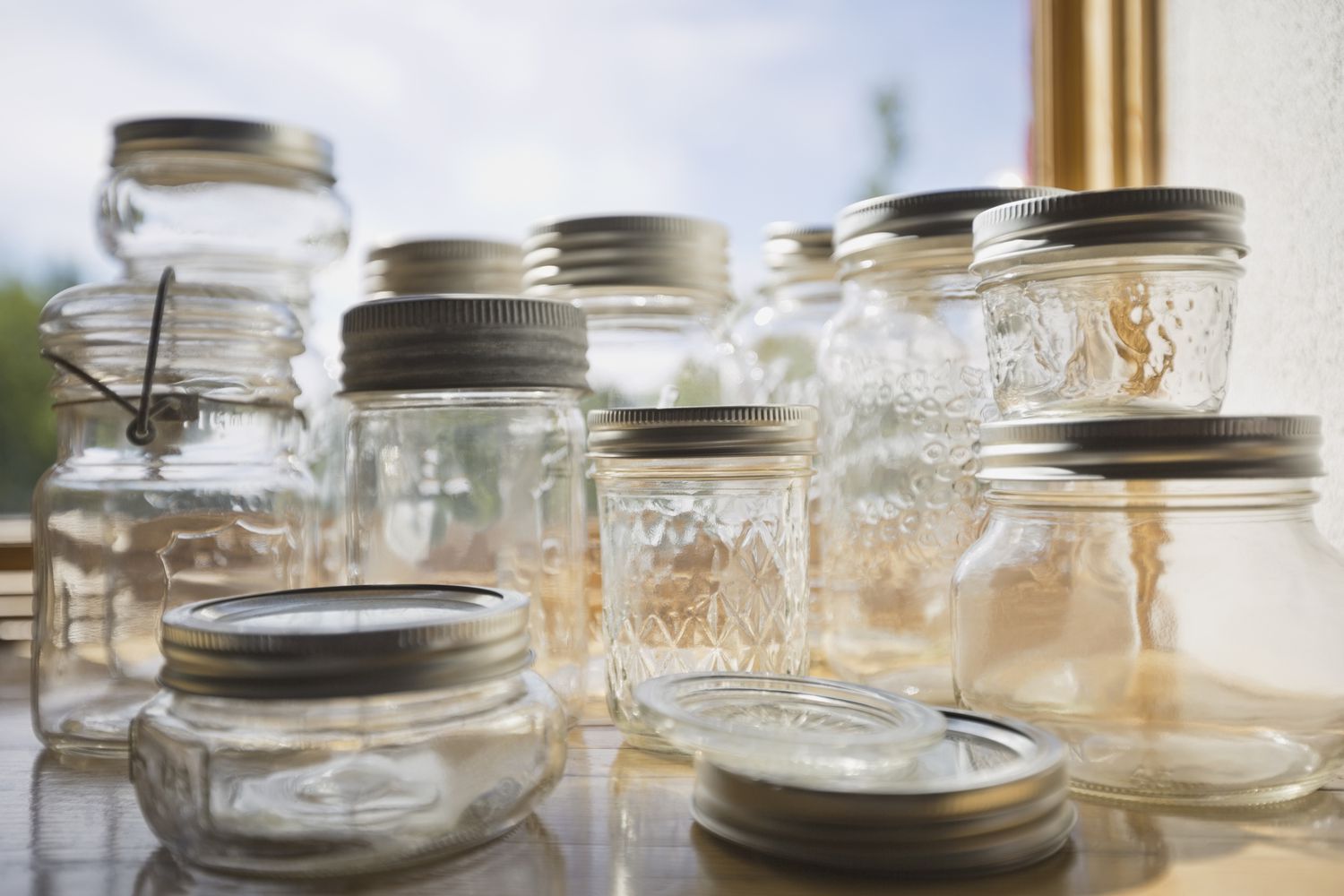
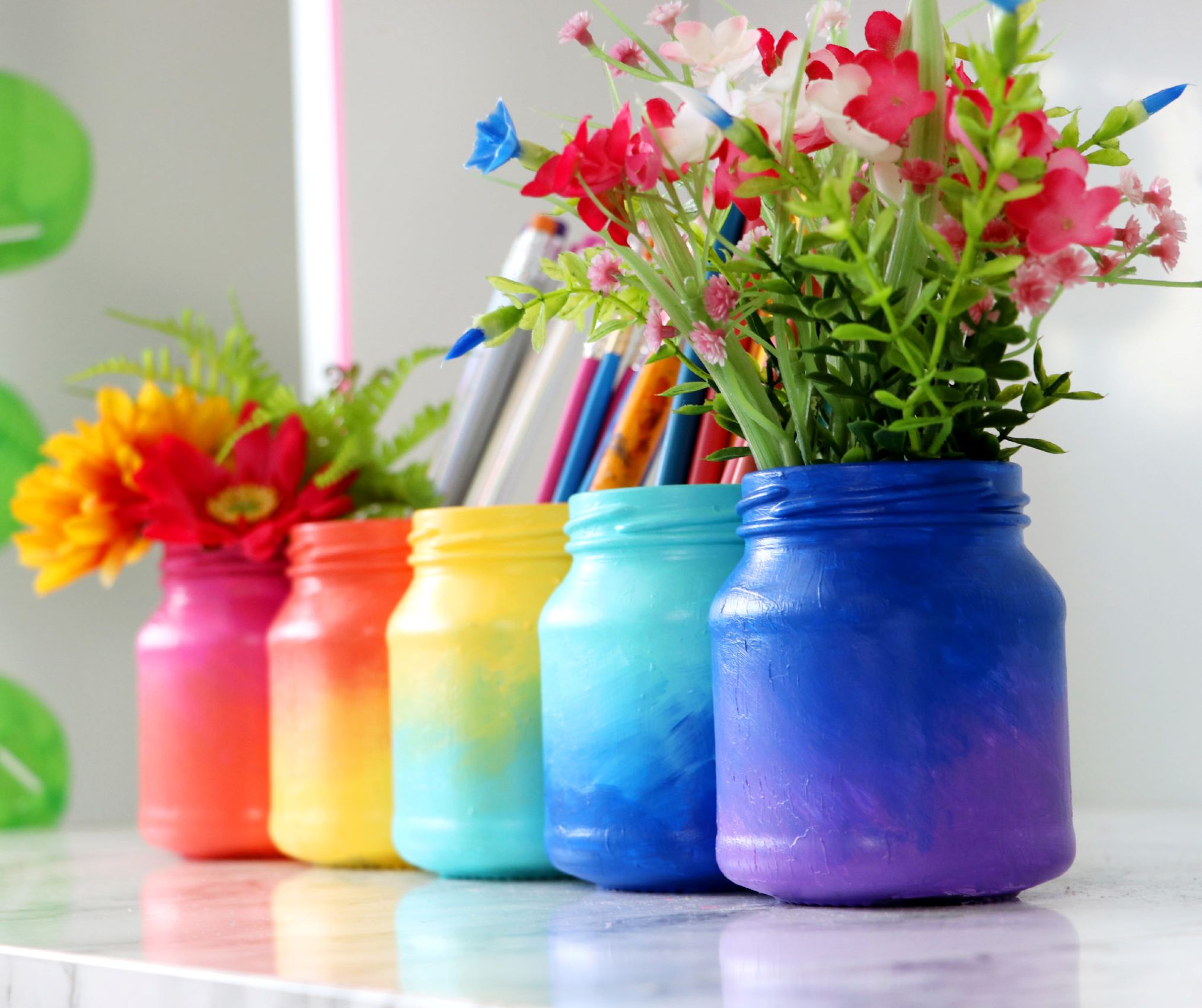
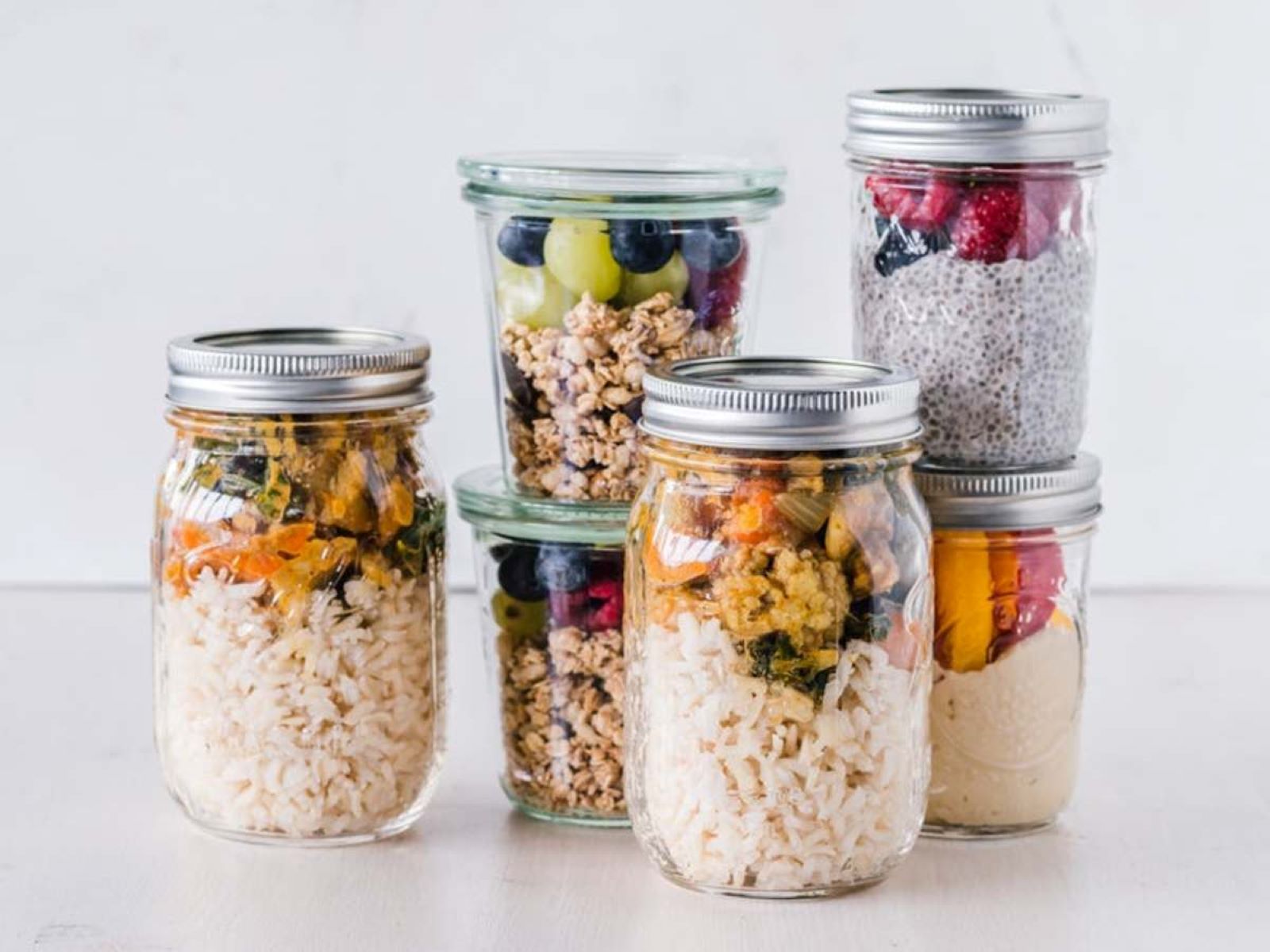
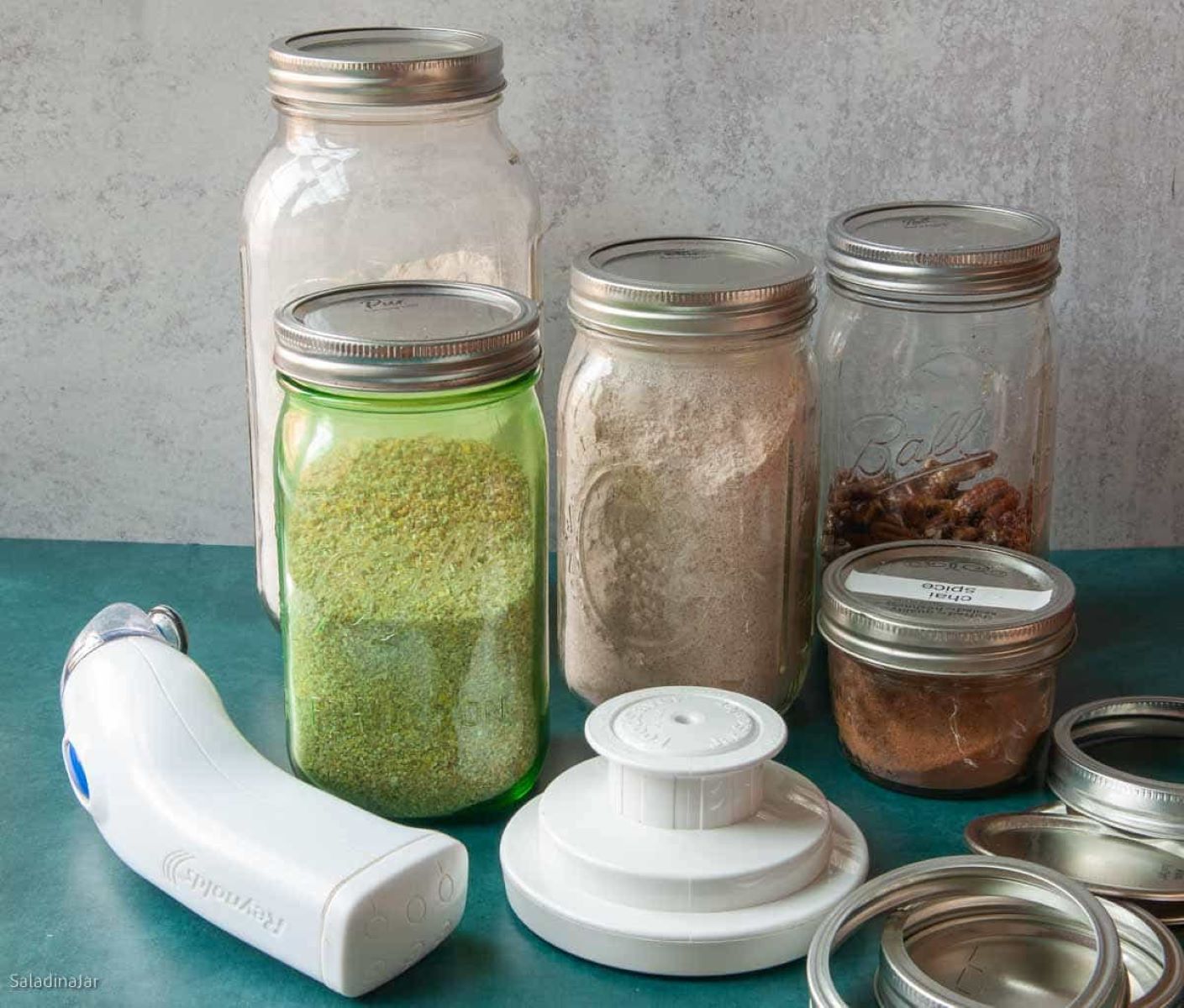
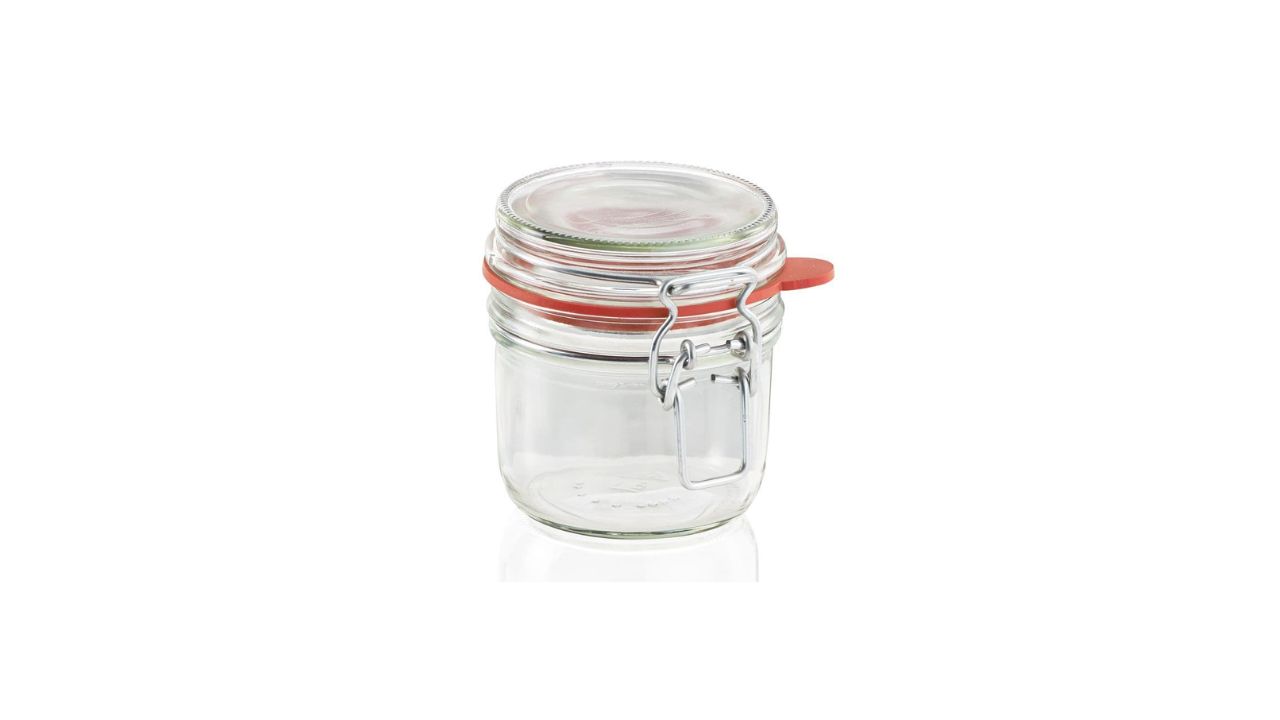
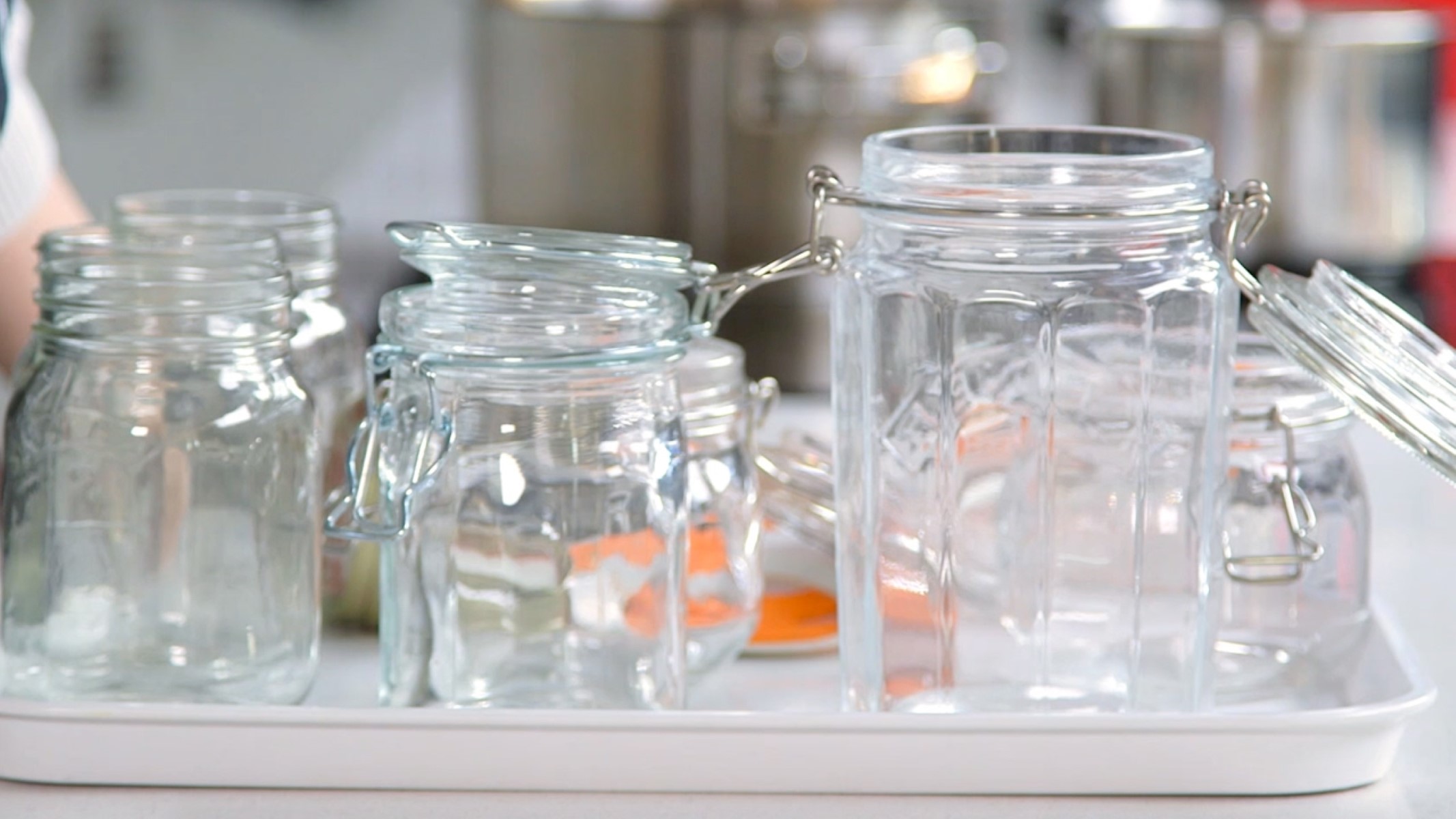
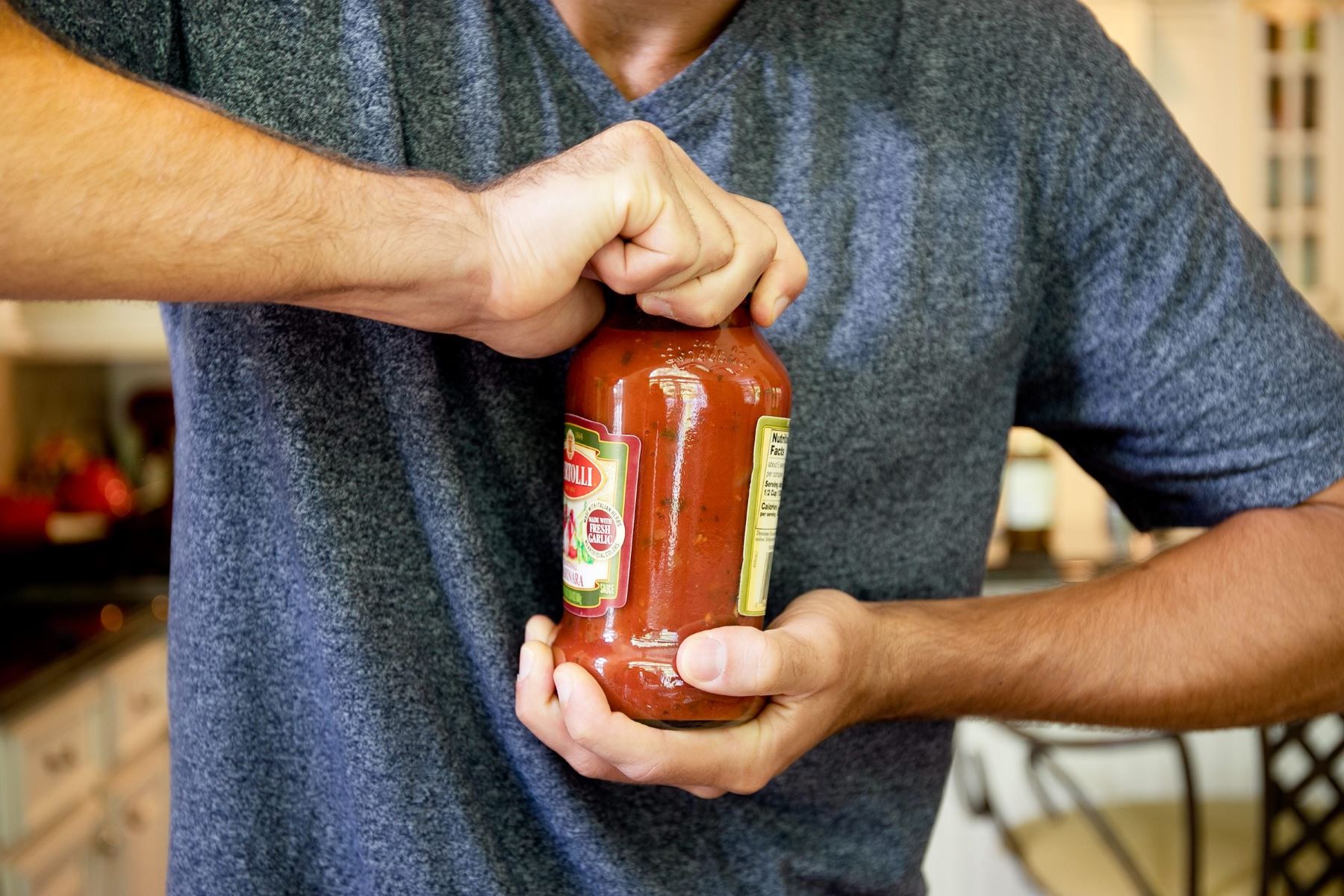
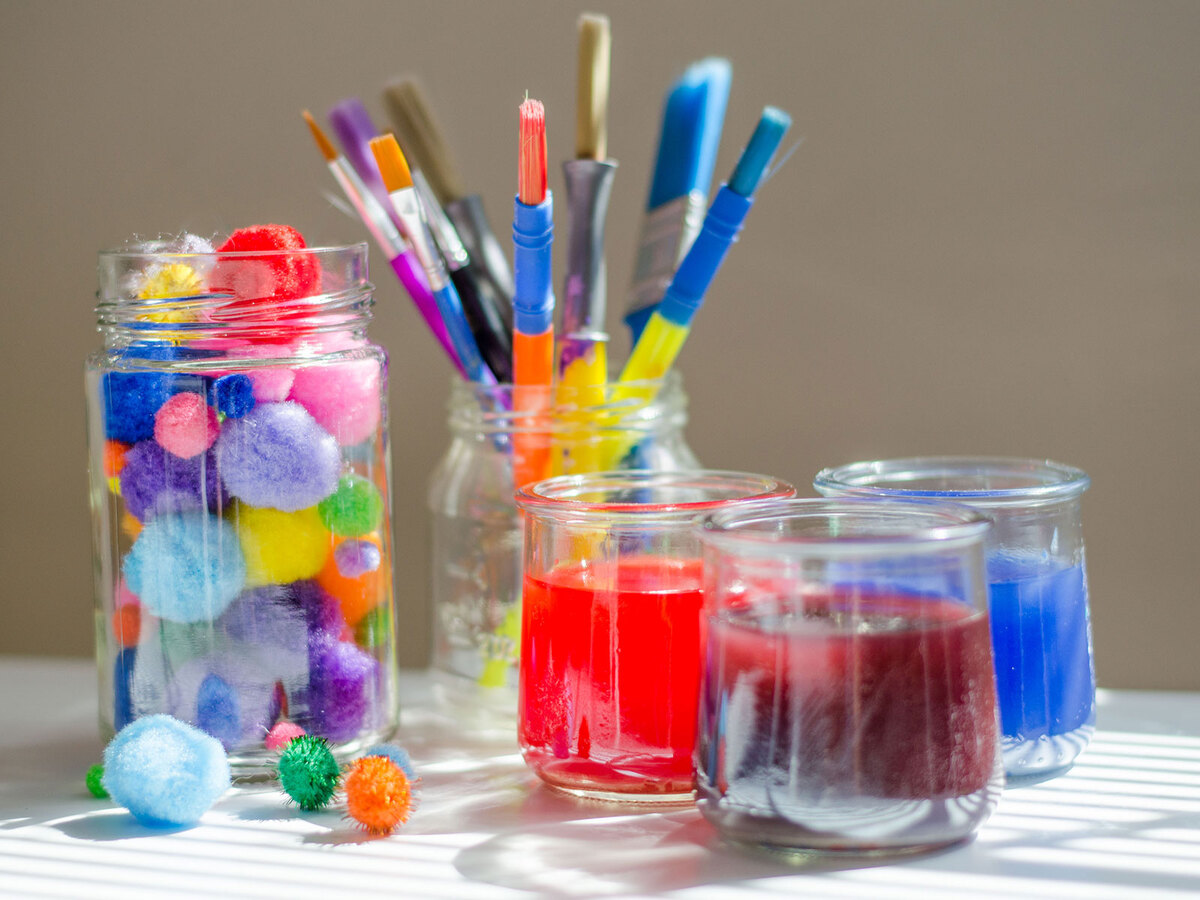
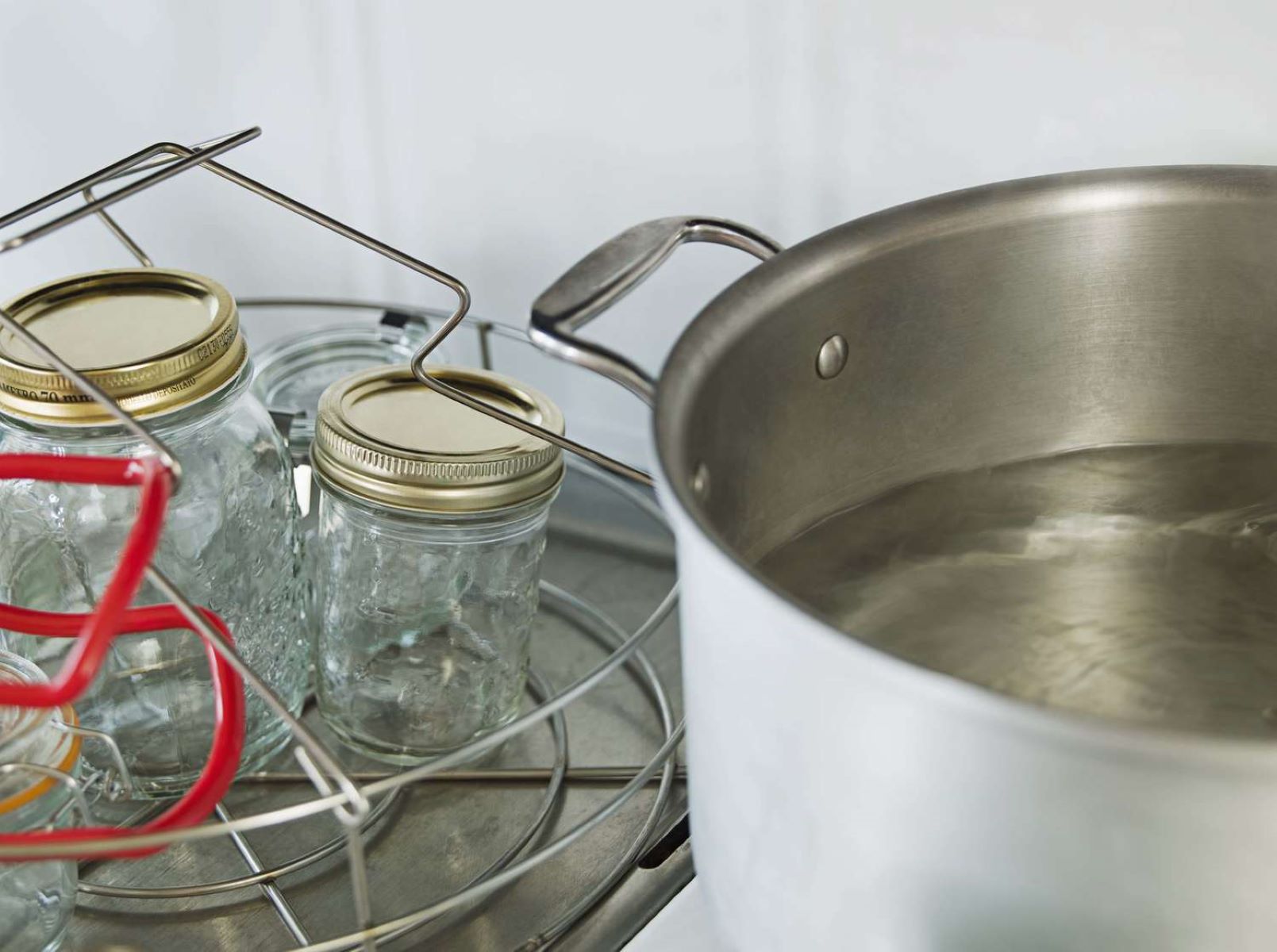
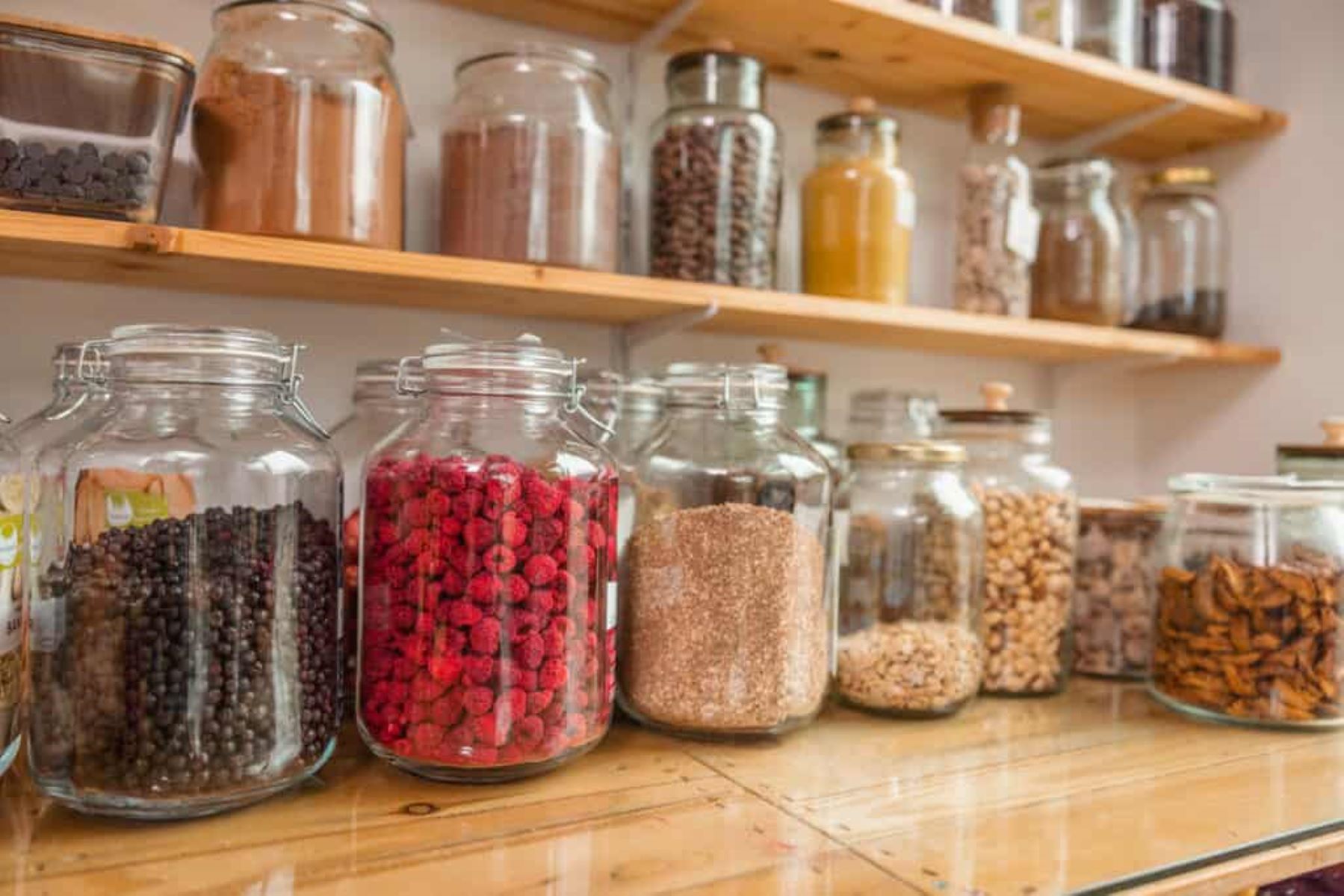
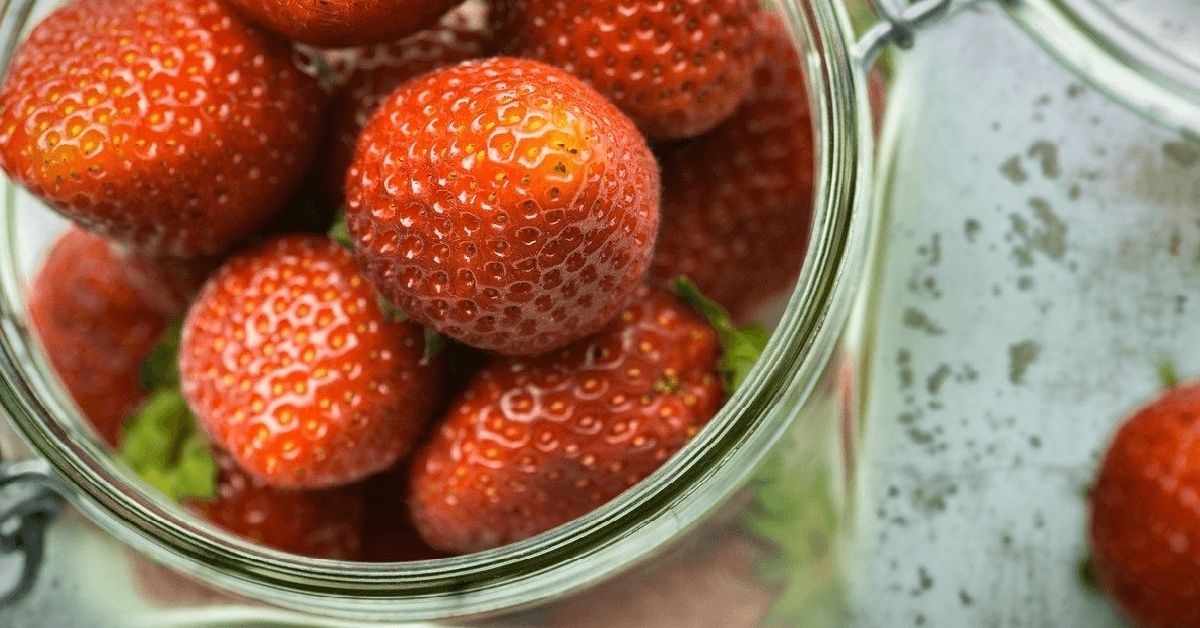
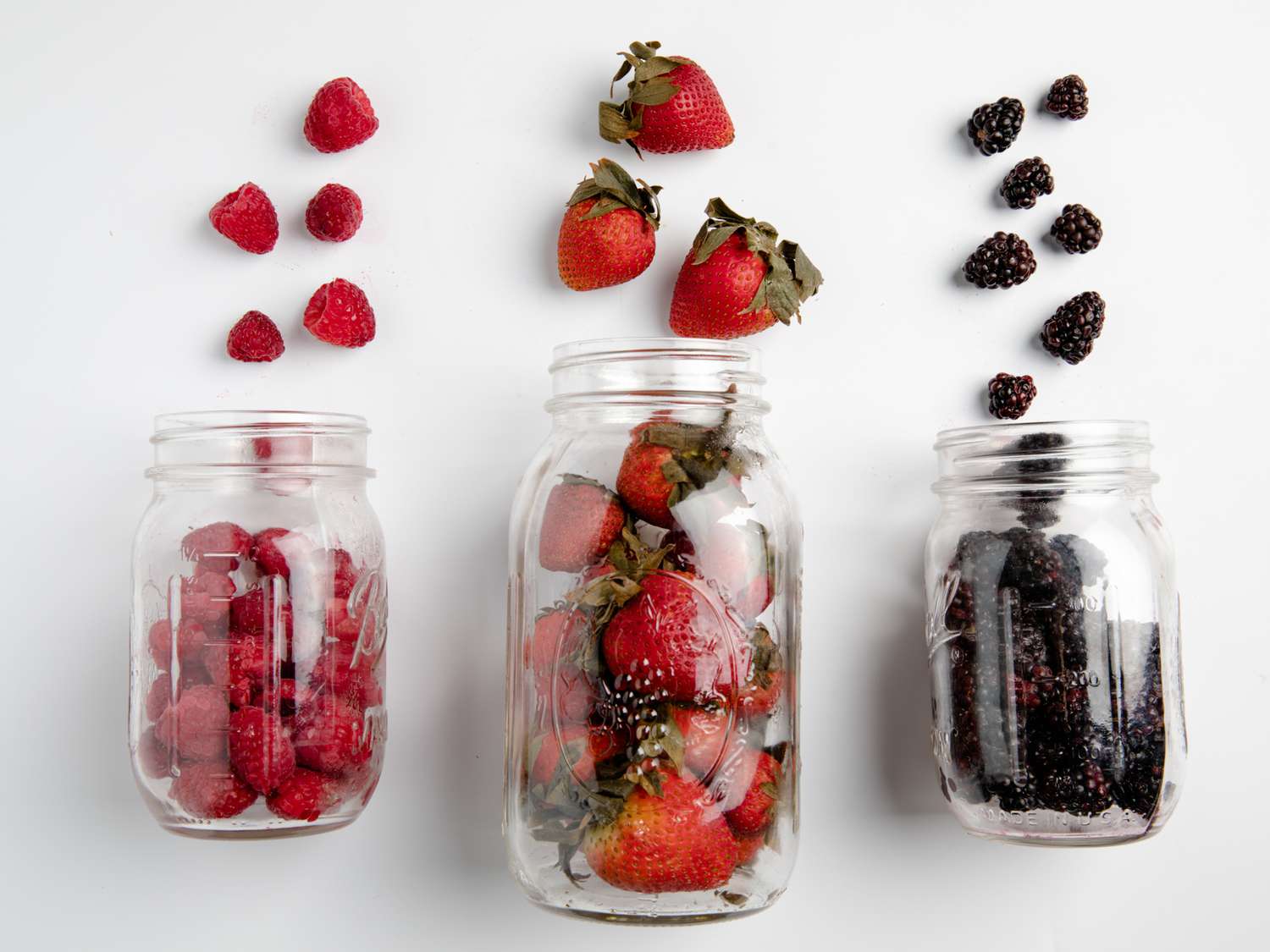
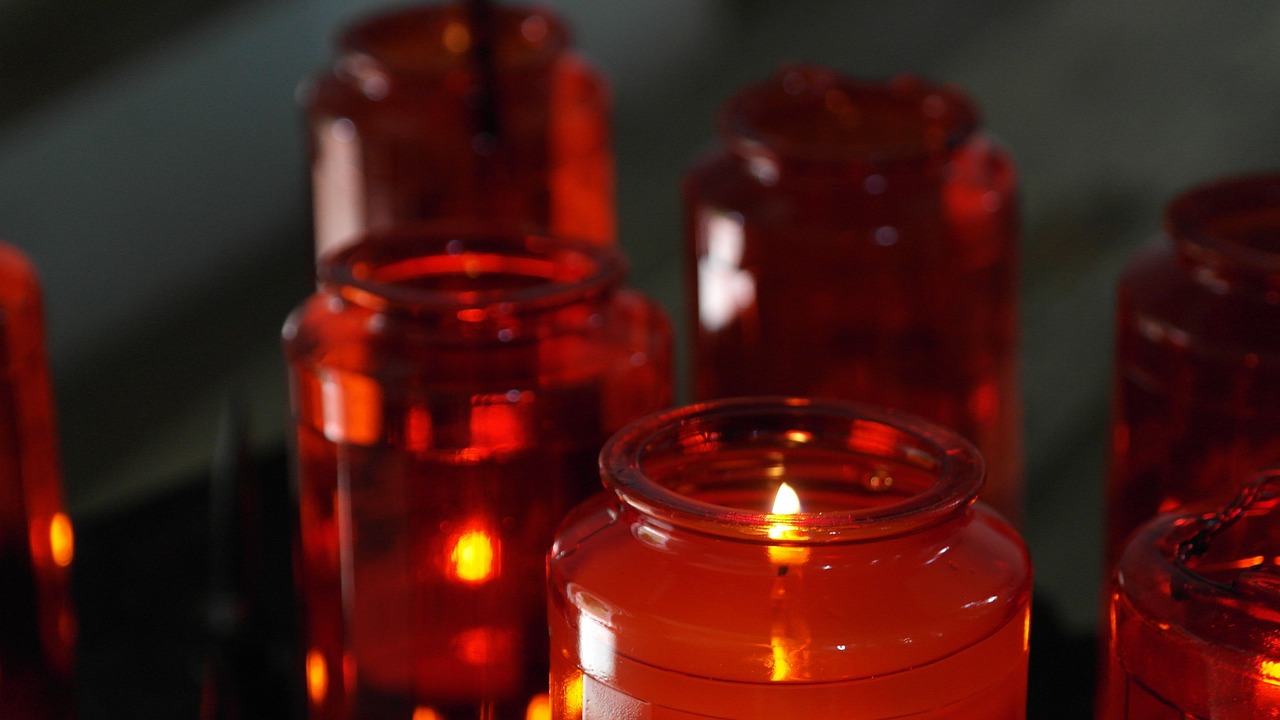

0 thoughts on “How To Soften Honey In Glass Jar”